
Mindo: The Enchanted Cloud Forest of Ecuador
Discover Mindo, Ecuador - a paradise for birdwatchers, adventure seekers, and nature lovers, nestled in the lush and biodiverse cloud forest.
Nestled in the lush cloud forest of Ecuador, Mindo is a haven for nature lovers and adventure seekers alike. This charming town is famed for its biodiversity and rich ecosystem, offering visitors a unique chance to immerse themselves in the wonders of nature. From vibrant hummingbirds to the elusive Andean cock-of-the-rock, Mindo's birdwatching opportunities are unparalleled. The region is home to over 450 bird species, making it a paradise for ornithologists and amateur bird enthusiasts. Adventure enthusiasts will find plenty to keep their adrenaline pumping. Mindo offers thrilling activities such as zip-lining through the forest canopy, tubing down the Mindo River, and hiking to breathtaking waterfalls. For those who prefer a more relaxed pace, the town boasts several butterfly farms and orchid gardens where you can marvel at the beauty of these delicate creatures. Mindo's local culture is as vibrant as its natural surroundings. The town is dotted with quaint cafes, artisan shops, and friendly locals eager to share their traditions. Don't miss the chance to sample local delicacies like fresh trout and homemade chocolate. With its enchanting landscapes and warm hospitality, Mindo provides a perfect escape from the hustle and bustle of city life, offering a serene and captivating retreat in the heart of Ecuador's cloud forest.
Local tips in Mindo
- Visit early in the morning for the best birdwatching experiences.
- Pack a raincoat or poncho as the weather can be unpredictable.
- Try the local chocolate; Mindo is famous for its artisanal chocolate makers.
- Bring insect repellent to protect yourself from mosquitoes.
- Consider staying at an eco-lodge to fully immerse yourself in the natural surroundings.
Mindo: The Enchanted Cloud Forest of Ecuador
Nestled in the lush cloud forest of Ecuador, Mindo is a haven for nature lovers and adventure seekers alike. This charming town is famed for its biodiversity and rich ecosystem, offering visitors a unique chance to immerse themselves in the wonders of nature. From vibrant hummingbirds to the elusive Andean cock-of-the-rock, Mindo's birdwatching opportunities are unparalleled. The region is home to over 450 bird species, making it a paradise for ornithologists and amateur bird enthusiasts. Adventure enthusiasts will find plenty to keep their adrenaline pumping. Mindo offers thrilling activities such as zip-lining through the forest canopy, tubing down the Mindo River, and hiking to breathtaking waterfalls. For those who prefer a more relaxed pace, the town boasts several butterfly farms and orchid gardens where you can marvel at the beauty of these delicate creatures. Mindo's local culture is as vibrant as its natural surroundings. The town is dotted with quaint cafes, artisan shops, and friendly locals eager to share their traditions. Don't miss the chance to sample local delicacies like fresh trout and homemade chocolate. With its enchanting landscapes and warm hospitality, Mindo provides a perfect escape from the hustle and bustle of city life, offering a serene and captivating retreat in the heart of Ecuador's cloud forest.
When is the best time to go to Mindo?
Iconic landmarks you can’t miss
Middle of the World City
Explore the Middle of the World City in Ecuador, where culture and geography meet at the equator for an unforgettable travel experience.
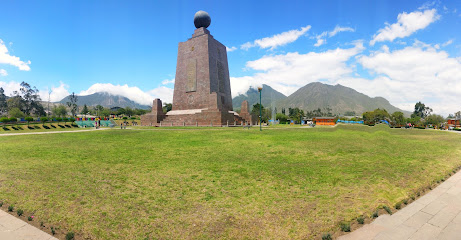
Cascada Del Amor
Experience the breathtaking beauty of Cascada Del Amor, a stunning waterfall in Ecuador's lush rainforest, perfect for nature lovers and adventure seekers.
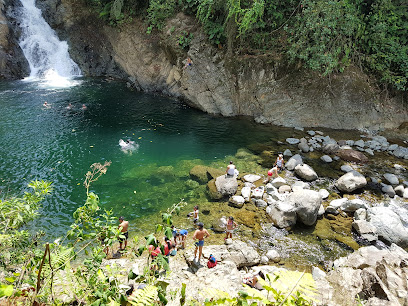
El Quetzal de Mindo with Chocolate Tour
Experience the rich flavors of Ecuadorian chocolate at El Quetzal de Mindo, a charming restaurant and artisan chocolate destination in Mindo.
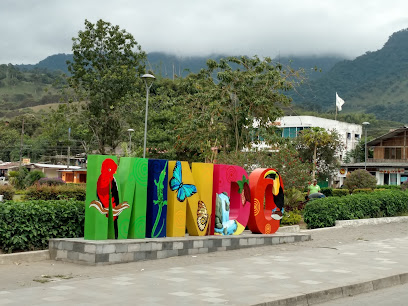
Pucará de Rumicucho / Ruins / Ruinss
Explore the archaeological wonders of Pucará de Rumicucho, where ancient history meets stunning natural landscapes in Ecuador.
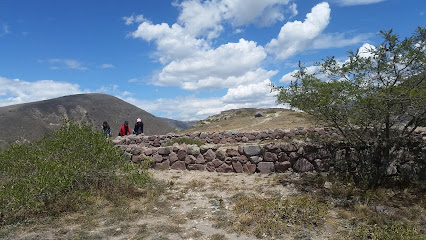
Sisakuna Lodge
Experience the tranquility of Sisakuna Lodge in Mindo, Ecuador, where nature meets comfort in a stunning cloud forest setting.
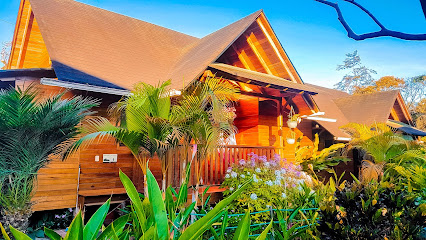
Mindo Canopy Adventures
Explore the exhilarating heights of Mindo Canopy Adventures, featuring thrilling zip-lines and a charming dog cafe in Ecuador's lush cloud forests.
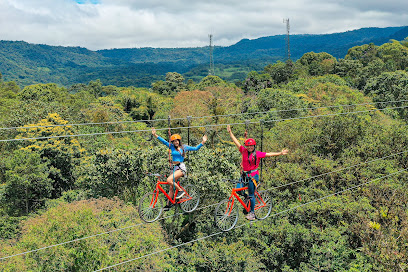
Terrabambu Lodge
Discover tranquility at Terrabambu Lodge, an eco-friendly retreat surrounded by Mindo's lush cloud forest and rich biodiversity.

Minjoy Park
Discover the breathtaking views and serene landscapes of Minjoy Park in San Carlos, Ecuador, where adventure meets tranquility.
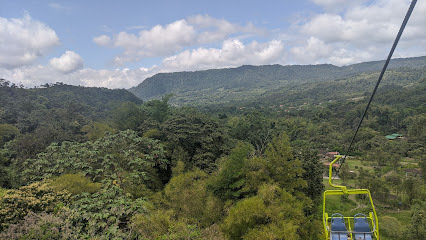
Mindo Lago
Discover the enchanting beauty of Mindo Lago, Ecuador, where lush landscapes and thrilling adventures await in the heart of the cloud forest.
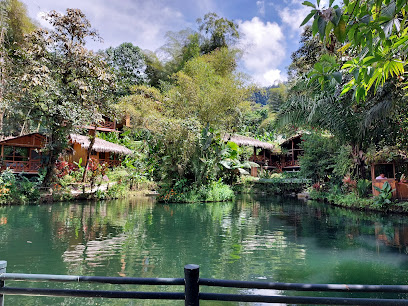
Sachatamia Lodge
Experience the magic of the cloud forest at Sachatamia Lodge, an eco-friendly hotel offering comfort and adventure in Mindo, Ecuador.
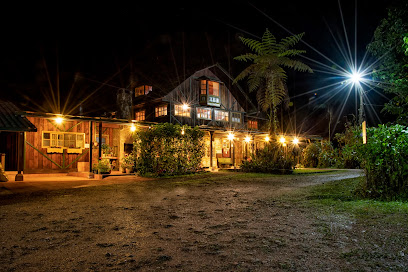
Mindoxtrem birds Operador turistico
Experience the breathtaking beauty of Mindoxtreme, where adventure and nature collide in Ecuador's stunning cloud forests.
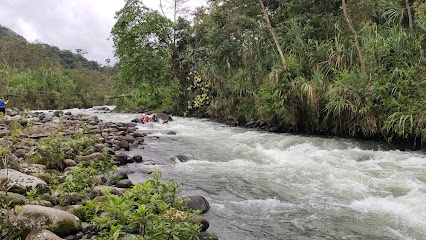
Bellavista Cloud Forest Reserve & Lodge
Discover the breathtaking beauty and biodiversity of Bellavista Cloud Forest Reserve & Lodge, a must-visit destination for nature lovers in Ecuador.

Mindo Casa de Piedra
Experience the serene beauty of Mindo at Casa de Piedra, your perfect retreat in Ecuador's lush cloud forests, combining relaxation and adventure.

MINDO RIVER
Explore the enchanting Mindo River, a serene escape in Ecuador's cloud forest, perfect for adventure and nature lovers seeking unforgettable experiences.
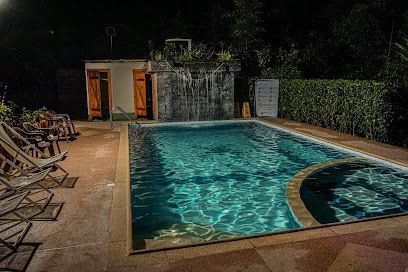
Mindo Ziplines Tour CIA.
Discover the thrill of zip-lining through the breathtaking cloud forests of Mindo, Ecuador, where adventure meets nature.

Unmissable attractions to see
Parque La Carolina
Explore the lush landscapes and vibrant culture of Parque La Carolina, Quito's premier urban park perfect for relaxation and recreation.
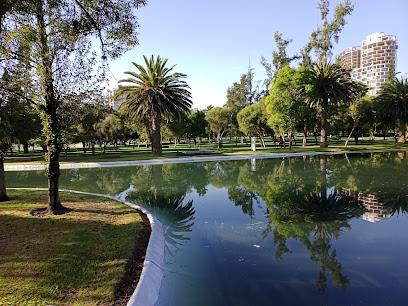
Middle of the World City
Experience the unique sensation of standing on the equator at Middle of the World City, Quito – a cultural and scientific treasure that enchants every traveler.
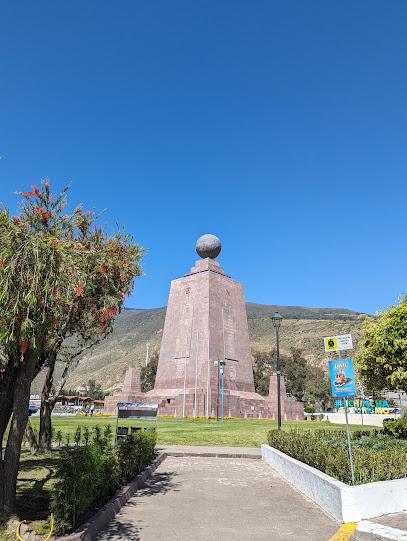
Parque El Ejido
Experience the beauty and culture of Quito at Parque El Ejido, a vibrant urban park filled with art, greenery, and local charm.
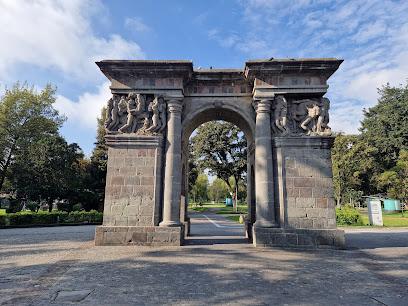
Parque Bicentenario
Discover the tranquility and beauty of Parque Bicentenario, a lush urban park in Quito, Ecuador, perfect for relaxation and exploration.
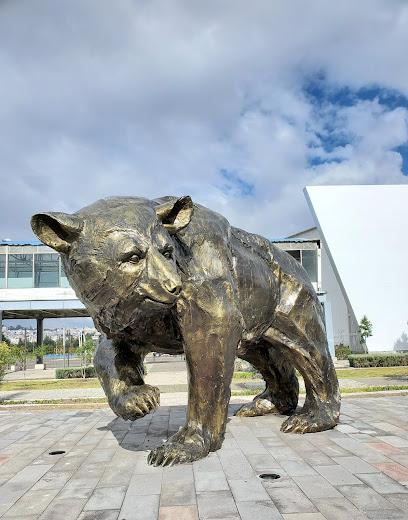
Independence Square
Independence Square in Quito is a historical landmark where culture, history, and daily life converge in a vibrant urban setting.
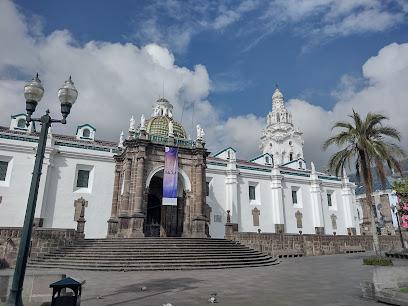
Virgin of the Panecillo
Discover the Virgin of the Panecillo, a monumental guardian of Quito offering breathtaking views and a rich cultural experience amidst the Andes.
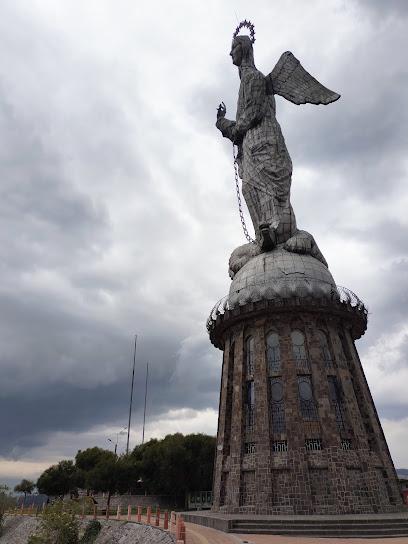
House of Ecuadorian Culture
Explore the vibrant heritage of Ecuador through art, performances, and workshops at the House of Ecuadorian Culture in Quito.
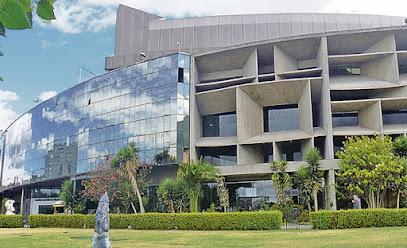
TelefériQo Cable Car
Experience breathtaking views of Quito and the Andes from the TelefériQo Cable Car, an iconic attraction that elevates your travel experience.

Parque La Alameda
Explore the lush greenery and rich culture of Parque La Alameda, a serene escape in the heart of Quito, Ecuador, perfect for relaxation and exploration.
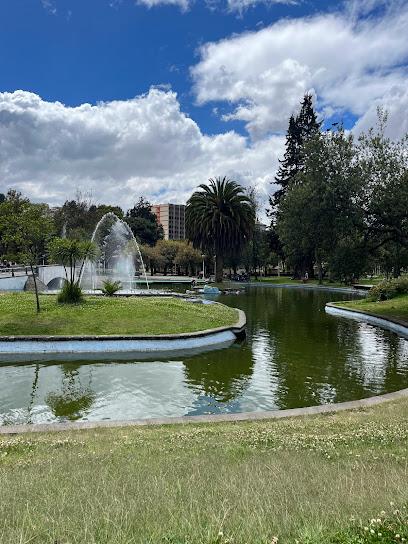
El Mirador De Guapulo
Experience stunning panoramic views of Quito and the majestic Andes at El Mirador De Guapulo, a top tourist attraction in Ecuador.
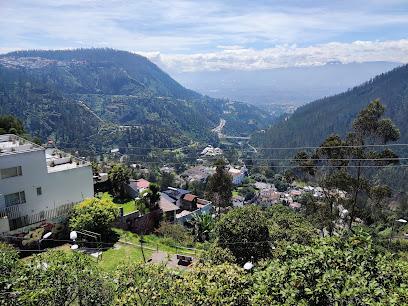
Pululahua Geobotanical Reserve
Explore the breathtaking landscapes and rich biodiversity of Pululahua Geobotanical Reserve, a top destination for nature lovers in Ecuador.
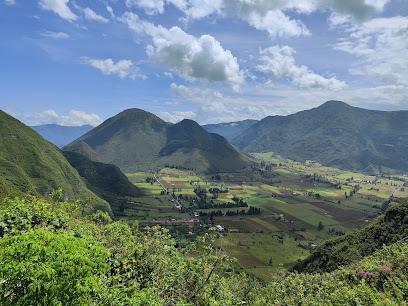
Calle La Ronda
Discover Quito's vibrant Calle La Ronda, a charming historic street filled with art, culture, and delicious Ecuadorian cuisine.
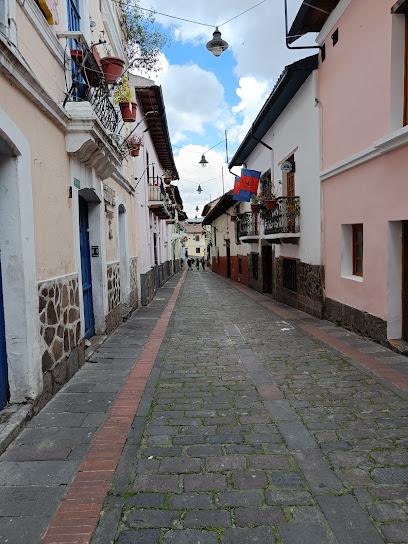
San Francisco Catholic Church
Discover the architectural splendor and rich history of San Francisco Catholic Church in Quito, a cultural gem in Ecuador's vibrant capital.
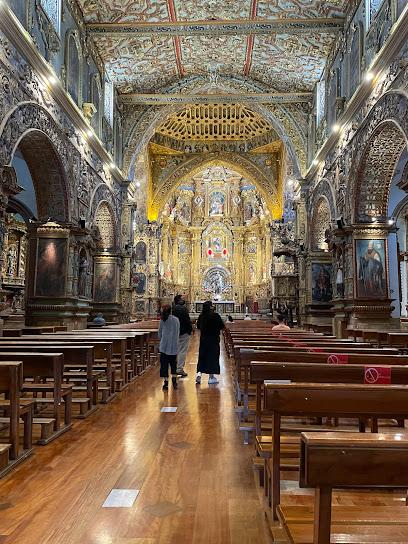
Intiñan Equator Museum
Experience the intersection of culture and science at the Intiñan Equator Museum, where the equator comes to life in Quito, Ecuador.
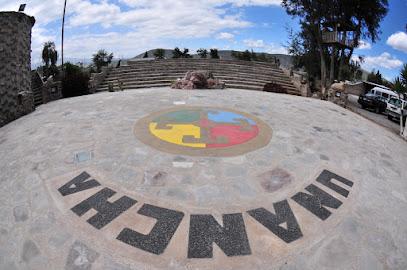
Contemporary Art Center of Quito
Discover the Contemporary Art Center of Quito, a vibrant cultural hub showcasing the best of modern artistic expression in Ecuador's capital.
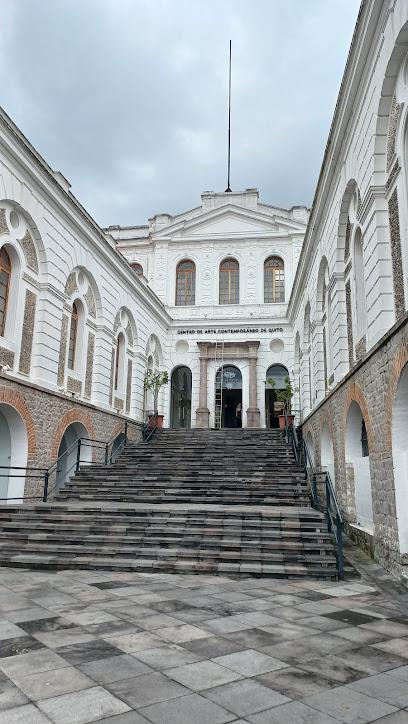
Essential places to dine
El Quetzal de Mindo with Chocolate Tour
Experience Ecuador's finest chocolate at El Quetzal de Mindo—where flavor meets nature in a breathtaking rainforest setting.
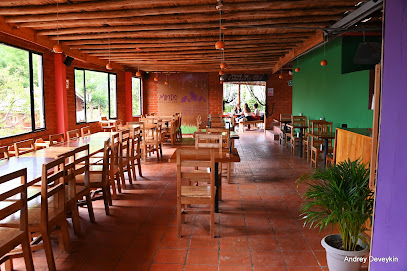
Sisakuna Lodge
Experience comfort and nature at Sisakuna Lodge in Mindo - your gateway to Ecuador's breathtaking cloud forests and vibrant wildlife.
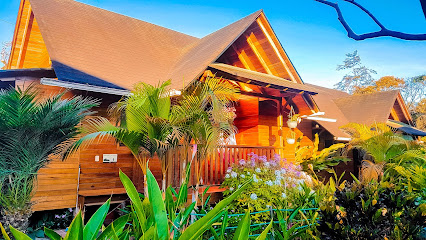
El Chef
Experience authentic Ecuadorian cuisine at El Chef in San Carlos - where every dish tells a story!
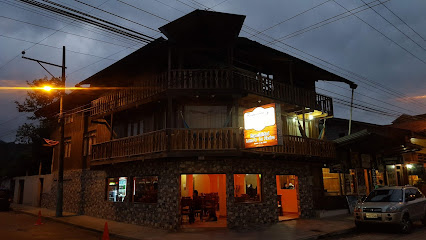
Persian house
Experience authentic Persian cuisine in the heart of Mindo, Ecuador – where rich flavors meet warm hospitality.
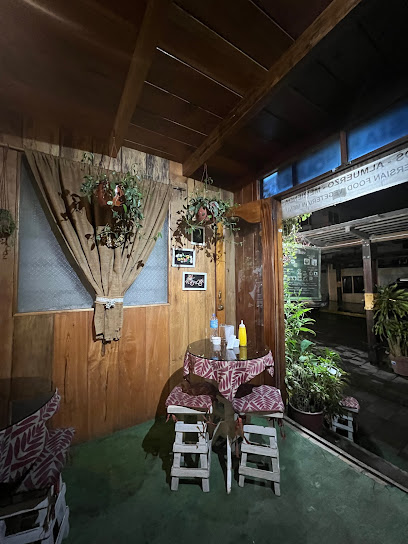
La Mecha Ristorante
Experience authentic Italian cuisine surrounded by Mindo’s lush beauty at La Mecha Ristorante – where every meal is a celebration.

Hosteria La Roulotte Mindo Ecuador
Experience unparalleled comfort and nature at Hosteria La Roulotte – a hidden gem in Mindo's breathtaking landscapes.
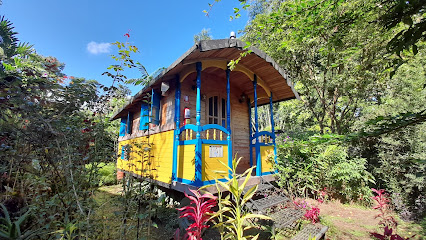
Minroot Restaurante
Discover authentic Ecuadorian flavors at Minroot Restaurante in Mindo—where local ingredients meet culinary artistry for an unforgettable dining experience.

Crepes-Art, Mindo
Discover Crepes-Art in Mindo: A delightful fusion of gourmet crepes and artisanal coffee nestled in Ecuador's lush paradise.
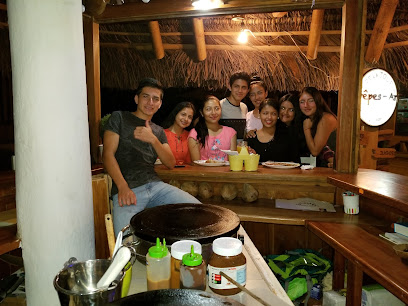
Mishqui Quinde
Discover Mishqui Quinde in Mindo - A delightful vegetarian restaurant and ice cream shop offering fresh flavors and unique local dishes.
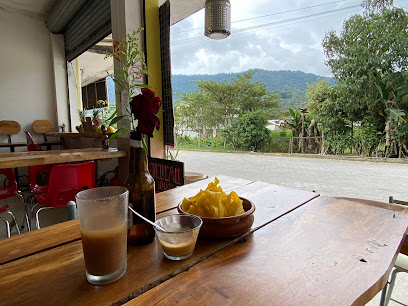
Las Delicias De Mindo
Experience authentic Ecuadorian cuisine at Las Delicias De Mindo - where every dish tells a story amidst breathtaking natural beauty.

Restaurante A lo Original
Experience authentic Ecuadorian cuisine at Restaurante A lo Original in Mindo—where every dish tells a story of local tradition and flavor.
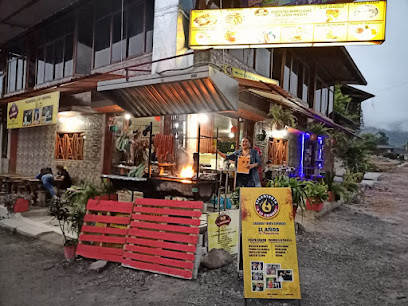
The Food Studio
Experience authentic Ecuadorian flavors at The Food Studio in Mindo - a vegetarian haven with local charm and delicious country food.
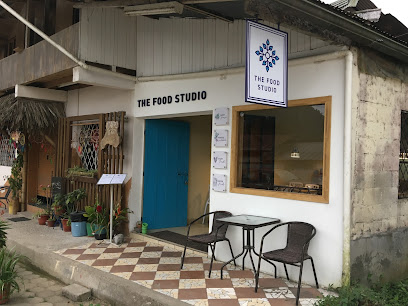
Motmot Oasis Restaurante
Discover an unforgettable dining experience at Motmot Oasis Restaurante in Mindo—where local flavors meet global culinary artistry amidst stunning natural beauty.
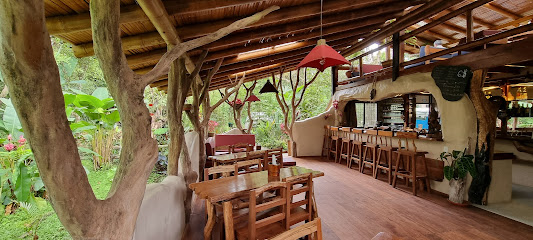
Restaurante Cuyana
Discover authentic Ecuadorian cuisine in Mindo at Restaurante Cuyana - where every dish tells a story amidst breathtaking natural beauty.
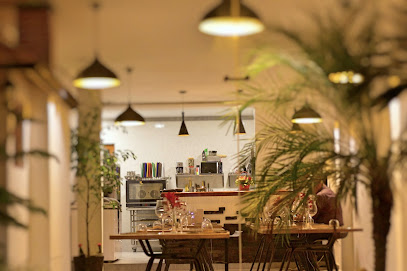
PARRILLADAS ARGENTINAS STEAK HOUSE #3
Experience authentic Argentine cuisine at Parrilladas Argentinas Steak House #3 in Mindo – where quality meets tradition.
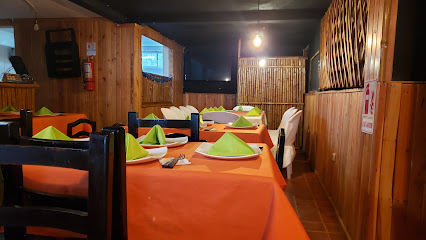
Markets, malls and hidden boutiques
Mindoxtrem birds Operador turistico
Discover Mindo's breathtaking cloud forests and thrilling adventures with Mindoxtrem, your ultimate guide to nature and wildlife exploration.
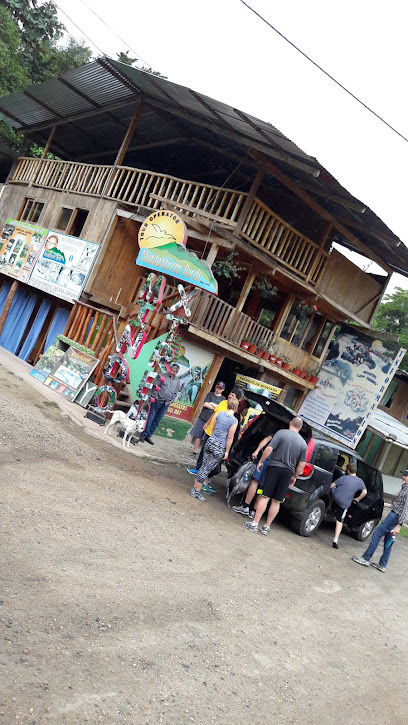
Mindu's Coffee
Discover the rich flavors of Mindo's Coffee at Mindu's Coffee, a cozy retreat for coffee lovers in the heart of Ecuador's lush landscapes.
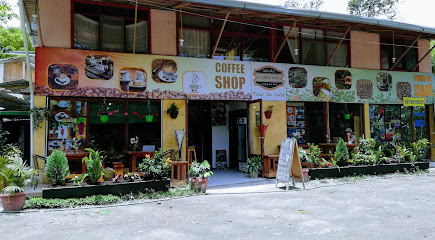
Crepes-Art, Mindo
Discover the flavors of Mindo at Crepes-Art, where delicious crepes and refreshing drinks await in a cozy atmosphere.

Mishqui Quinde
Experience the vibrant flavors of vegetarian cuisine at Mishqui Quinde in Mindo, where every dish is a celebration of local ingredients and creativity.
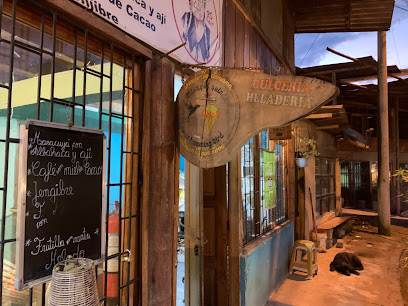
Tours de Café y Chocolate / Quinde Mindo.
Explore the enchanting world of chocolate and coffee at Tours de Café y Chocolate in Mindo, a delightful experience for every traveler.
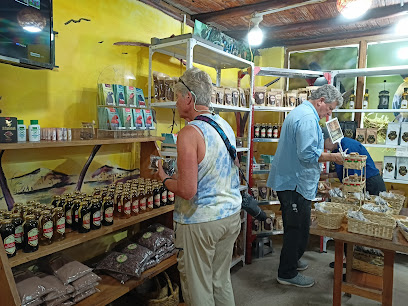
Toucanet Coffee Mindo
Experience the best of Mindo's culinary scene at Toucanet Coffee, where fresh espresso, delicious breakfasts, and delightful desserts await.
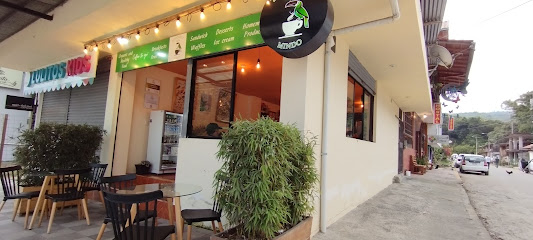
Margarit Boutique Hotel
Discover the charm of Mindo at Margarit Boutique Hotel, where comfort meets nature in Ecuador's enchanting cloud forest.
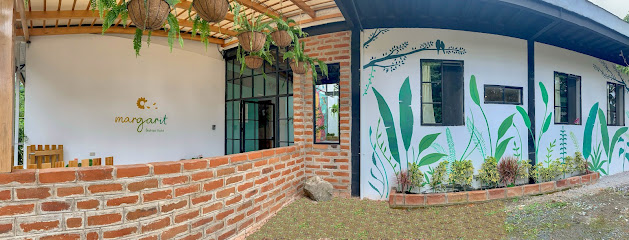
SUOLO - Food Lab & Interpretation Center
Experience the essence of Mindo's culinary artistry at SUOLO, where organic meets artisanal in a delightful food journey.
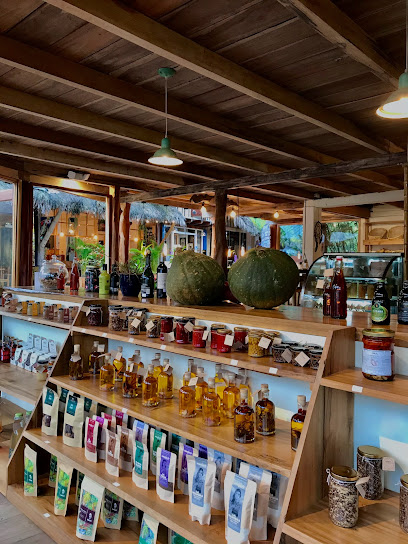
Mindo Carpentry
Explore Mindo Carpentry, where exquisite Ecuadorian craftsmanship meets unique gift options in the enchanting town of Mindo.
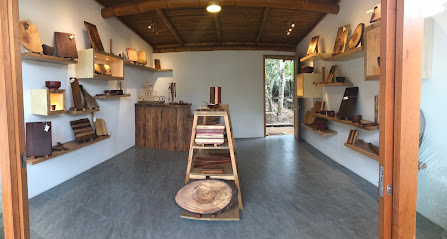
TropicalSweet Frozen Yogurt
Indulge in a refreshing array of flavors at TropicalSweet Frozen Yogurt, the ultimate dessert destination in Mindo's vibrant center.
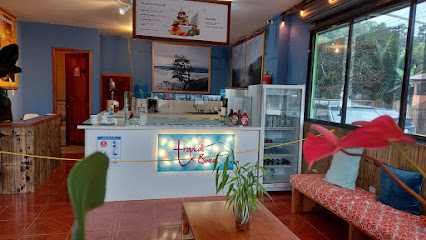
EL MANA BAKERY
Discover Mindo's El Mana Bakery, where fresh artisan bread and pastries meet the lush beauty of Ecuador's cloud forests.
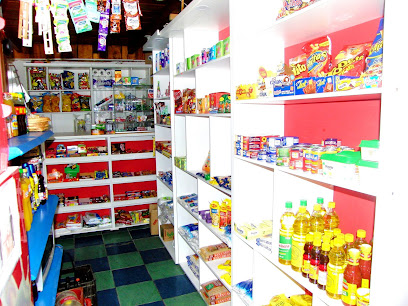
Los Sandwich de Mindo
Discover the flavors of Mindo at Los Sandwich de Mindo, where fresh ingredients meet exceptional coffee in a cozy café atmosphere.
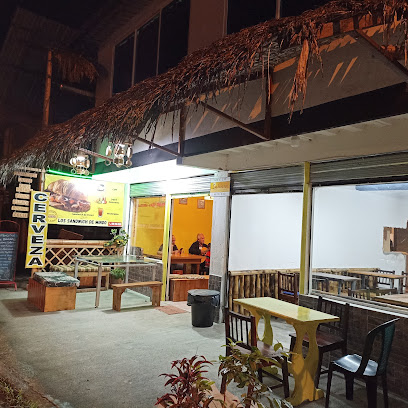
Recinto El Valle
Discover Recinto El Valle, an enchanting tobacco shop offering premium products and a deep dive into the tobacco culture of Ecuador.
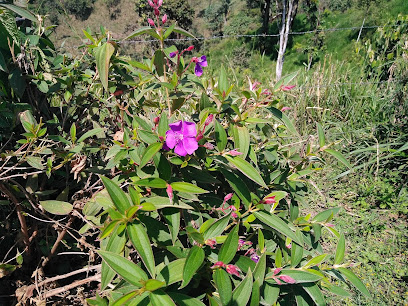
Okeechobee Imports
Discover unique gifts and local crafts at Okeechobee Imports, a charming gift shop in the heart of Quito, Ecuador.
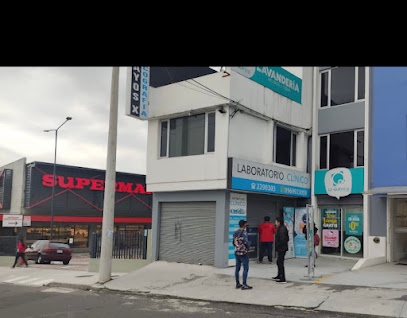
CreArte Mindo
Explore the flavors of Mindo at CreArte Mindo, your go-to grocery store for local produce and handmade crafts in Ecuador's lush landscapes.

Essential bars & hidden hideouts
El Quetzal de Mindo with Chocolate Tour
Experience the rich flavors of chocolate and the beauty of nature at El Quetzal de Mindo, a must-visit destination in the heart of Ecuador's cloud forest.
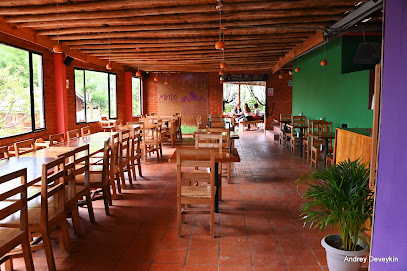
Minroot Restaurante
Discover the authentic taste of Ecuador at Minroot Restaurante, a must-visit dining destination in Mindo.
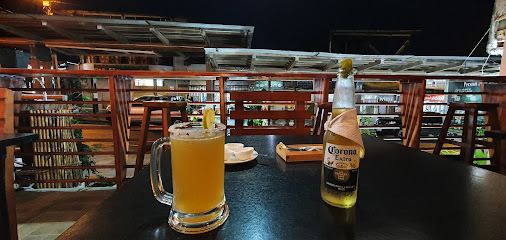
Crepes-Art, Mindo
Savor delightful crepes and artisanal coffee at Crepes-Art in Mindo, Ecuador, where culinary creativity meets stunning natural beauty.
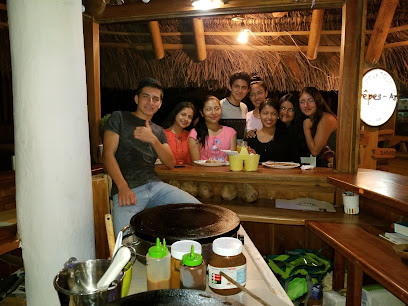
Mishqui Quinde
Discover the vibrant flavors of vegetarian cuisine and indulge in homemade ice cream at Mishqui Quinde in Mindo, Ecuador's culinary gem.
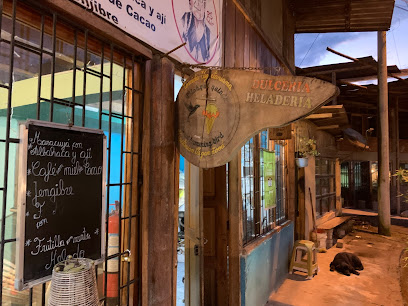
Mindo night time bar discoteca Karaoke
Experience the vibrant nightlife of Mindo at the Mindo Nighttime Bar, where karaoke and camaraderie meet for an unforgettable evening.
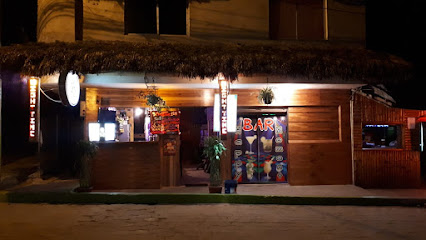
Restaurante A lo Original
Experience Ecuadorian culinary artistry at Restaurante A lo Original in Mindo, where fresh ingredients meet warm hospitality.
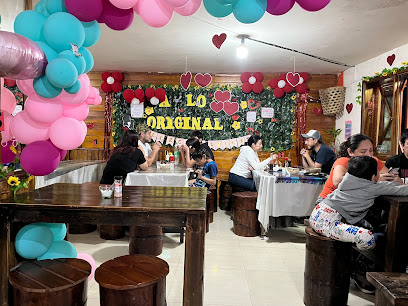
Motmot Oasis Restaurante
Experience the ultimate culinary adventure at Motmot Oasis Restaurante in Mindo, Ecuador – where local flavors meet innovative dining.
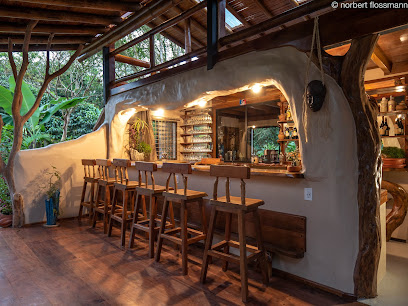
Serenity Mindo Lounge Bar
Discover relaxation and flavor at Serenity Mindo Lounge Bar, your go-to spot for exquisite drinks and local cuisine in Mindo, Ecuador.
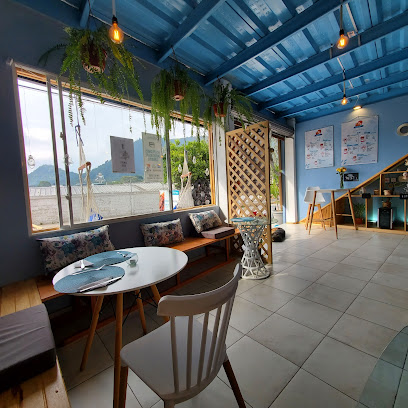
Guarumo Mindo Bar & Food
Discover Guarumo Mindo Bar & Food, a lively gastronomic haven in Mindo, blending local flavors, craft beverages, and vibrant ambiance.
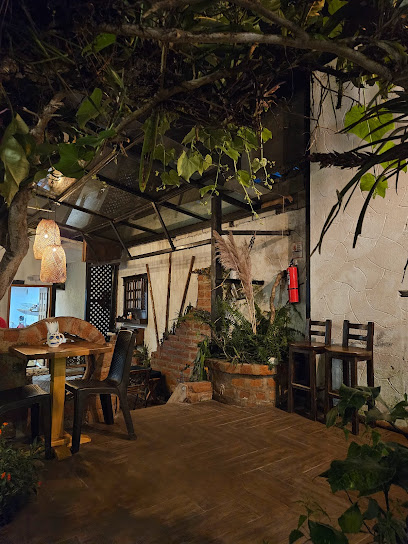
Bio Mindo
Discover the flavors of Ecuador at Bio Mindo, a health food restaurant in Mindo offering organic dishes, refreshing juices, and a commitment to sustainability.

Resto Cafe Gastropub
Experience the vibrant flavors of Ecuador at Resto Cafe Gastropub in Mindo, where local ingredients meet culinary creativity.

FUKANNA CBD Infused Cuisine
Discover the unique flavors of CBD-infused cuisine at FUKANNA, a charming gastropub in the heart of Mindo, Ecuador.
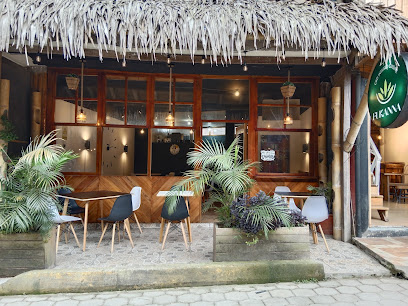
Coffe, Creps y algo más...
Discover the culinary magic of Coffe, Creps y Algo Más in Mindo, where delicious crepes and rich coffee await in a warm, inviting atmosphere.
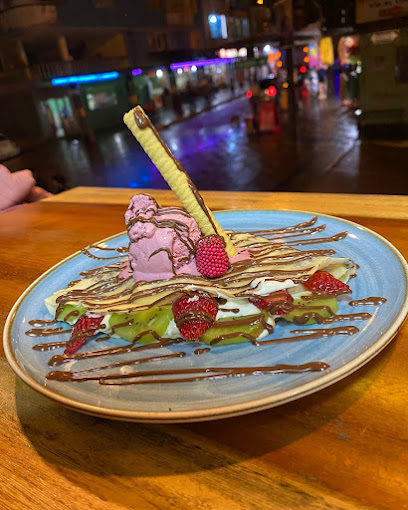
ROOFTOP & RESTAURANTE
Experience the serene beauty of Mindo while indulging in delicious cuisine at Rooftop & Restaurante, your perfect dining escape in Ecuador.
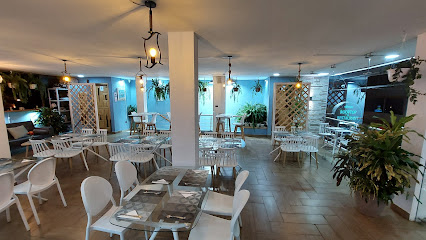
Saguambi Restaurant
Discover Ecuadorian culinary excellence at Saguambi Restaurant in Mindo, where local flavors meet sustainable dining in a cozy atmosphere.

Local Phrases
-
- HelloHola
[oh-la] - GoodbyeAdiós
[ah-dee-ohs] - YesSí
[see] - NoNo
[no] - Please/You're welcomePor favor/De nada
[por fah-vor/de nah-dah] - Thank youGracias
[grah-see-ahs] - Excuse me/SorryDisculpe/Perdón
[dees-kool-peh/pehr-dohn] - How are you?¿Cómo estás?
[koh-moh ehs-tahs] - Fine. And you?Bien. ¿Y tú?
[byen. ee too] - Do you speak English?¿Hablas inglés?
[ah-blahs een-glehs] - I don't understandNo entiendo
[noh ehn-tee-ehn-doh]
- HelloHola
-
- I'd like to see the menu, pleaseMe gustaría ver el menú, por favor
[meh goo-stah-ree-ah vehr ehl meh-noo, por fah-vor] - I don't eat meatNo como carne
[noh koh-moh kahr-neh] - Cheers!¡Salud!
[sah-lood] - I would like to pay, pleaseMe gustaría pagar, por favor
[meh goo-stah-ree-ah pah-gahr, por fah-vor]
- I'd like to see the menu, pleaseMe gustaría ver el menú, por favor
-
- Help!¡Ayuda!
[ah-yoo-dah] - Go away!¡Vete!
[veh-teh] - Call the Police!¡Llame a la policía!
[yah-meh ah lah poh-lee-see-ah] - Call a doctor!¡Llame a un médico!
[yah-meh ah oon meh-dee-koh] - I'm lostEstoy perdido
[ehs-toy pehr-dee-doh] - I'm illEstoy enfermo
[ehs-toy ehn-fehr-moh]
- Help!¡Ayuda!
-
- I'd like to buy...Me gustaría comprar...
[meh goo-stah-ree-ah kohm-prahr...] - I'm just lookingSolo estoy mirando
[soh-loh ehs-toy meer-ahn-doh] - How much is it?¿Cuánto cuesta?
[kwan-toh kwehs-tah] - That's too expensiveEsto es demasiado caro
[ehs-toh ehs deh-mah-syah-doh kah-ro] - Can you lower the price?¿Puede bajar el precio?
[pweh-deh bah-har ehl pree-syoh]
- I'd like to buy...Me gustaría comprar...
-
- What time is it?¿Qué hora es?
[keh oh-rah ehs] - It's one o'clockEs la una
[ehs lah oo-nah] - Half past (10)Media (10)
[meh-dee-ah (diez)] - MorningMañana
[mah-nyah-nah] - AfternoonTarde
[tahr-deh] - EveningNoche
[noh-cheh] - YesterdayAyer
[ah-yehr] - TodayHoy
[oy] - TomorrowMañana
[mah-nyah-nah] - 1Uno
[oo-noh] - 2Dos
[dohs] - 3Tres
[trehs] - 4Cuatro
[kwah-troh] - 5Cinco
[seen-koh] - 6Seis
[seys] - 7Siete
[syeh-teh] - 8Ocho
[oh-choh] - 9Nueve
[nweh-veh] - 10Diez
[diez]
- What time is it?¿Qué hora es?
-
- Where's a/the...?¿Dónde está...?
[dohn-deh ehs-tah] - What's the address?¿Cuál es la dirección?
[kwal ehs lah dee-rehk-syohn] - Can you show me (on the map)?¿Puede mostrarme (en el mapa)?
[pweh-deh mohs-trar-meh (ehn ehl mah-pah)] - When's the next (bus)?¿Cuándo es el próximo (autobús)?
[kwan-doh ehs ehl proh-ksee-moh (ow-toh-boos)] - A ticket (to ....)Un boleto (a ...)
[oon boh-leh-toh (ah ...)]
- Where's a/the...?¿Dónde está...?
History of Mindo
-
Long before Spanish colonization, the region now known as Mindo was inhabited by indigenous tribes such as the Yumbos and the Niguas. These tribes were known for their knowledge of the land and their advanced agricultural practices. They cultivated crops like maize, potatoes, and cacao, and used the surrounding forest resources sustainably.
-
In the 16th century, Spanish explorers arrived in what is now Ecuador, including the Mindo area. The Spanish influence led to significant cultural changes, including the introduction of Christianity and new agricultural techniques. The indigenous population faced hardships, including forced labor and diseases brought by the Europeans, which drastically reduced their numbers.
-
In the early 19th century, Ecuador became a part of the growing independence movement in South America. Mindo, like many other regions, experienced the ripple effects of these political changes. By 1822, Ecuador had gained independence from Spanish rule, leading to a period of transformation and restructuring in the region.
-
During the late 19th and early 20th centuries, Mindo saw economic development through agriculture, particularly coffee plantations. The fertile soil and ideal climate conditions made it a prime location for coffee cultivation. This period marked significant growth and brought a wave of settlers to the area, contributing to its cultural diversity.
-
In the latter half of the 20th century, Mindo began to gain recognition for its rich biodiversity and unique ecosystems. Environmentalists and biologists advocated for the conservation of the cloud forest, leading to the establishment of protected areas and reserves. Organizations and local communities have since worked together to promote sustainable tourism and conservation efforts.
-
Today, Mindo is renowned for its ecotourism and biodiversity. The town has become a hub for birdwatchers, nature enthusiasts, and adventurers. Its history is reflected in the blend of cultures, traditional practices, and modern conservation efforts. Mindo continues to thrive as a model of sustainable living and a testament to the importance of preserving natural heritage.
Mindo Essentials
-
Mindo is about 80 kilometers northwest of Quito, the capital of Ecuador. The most common way to get there is by taking a bus from Terminal La Ofelia in Quito. The bus ride usually takes around 2-3 hours. Alternatively, you can hire a private taxi or use a shuttle service for a more comfortable ride. There are also guided tours that include transportation from Quito to Mindo.
-
Mindo is a small town, and most attractions are within walking distance. For longer trips, local taxis and mototaxis (three-wheeled vehicles) are available and relatively inexpensive. Renting a bicycle is another popular option for exploring the area. Keep in mind that roads can be uneven and muddy, especially during the rainy season.
-
The official currency is the US Dollar (USD). Credit cards are accepted in some hotels, restaurants, and shops, but it is advisable to carry cash, especially in smaller establishments. ATMs are available in Mindo, but it's a good idea to bring enough cash from Quito to avoid any inconvenience.
-
Mindo is generally a safe destination for tourists. However, standard precautions should be taken. Avoid walking alone at night in secluded areas, and keep an eye on your belongings in crowded places. There are no specific high-crime areas targeting tourists, but staying vigilant and aware of your surroundings is always recommended.
-
In case of emergency, dial 911 for immediate assistance. There is a local police station and a medical clinic in Mindo. It is highly recommended to have travel insurance that covers medical emergencies. For minor health issues, there are pharmacies in the town where you can purchase over-the-counter medications.
-
Fashion: Do wear comfortable, weather-appropriate clothing, especially for outdoor activities. Don't forget to bring a rain jacket. Religion: Do respect local customs and traditions. Public Transport: Do be respectful and considerate of other passengers. Don't play loud music or eat on public transport. Greetings: Do greet people with a friendly 'Buenos días' (Good morning) or 'Buenas tardes' (Good afternoon). Eating & Drinking: Do try local delicacies and beverages. Don't refuse food or drink offerings, as it can be considered impolite.
-
To experience Mindo like a local, visit the local markets and try the fresh produce and traditional Ecuadorian foods. Engage with locals, who are often friendly and willing to share stories about the town's history and culture. Don't miss out on the opportunity to explore the cloud forest, go bird watching, or take a chocolate-making tour. For a unique experience, consider staying in a local eco-lodge to fully immerse yourself in the natural beauty of Mindo.
Trending Landmark in Mindo
-
Middle of the World City
-
Cascada Del Amor
-
El Quetzal de Mindo with Chocolate Tour
-
Pucará de Rumicucho / Ruins / Ruinss
-
Sisakuna Lodge
-
Mindo Canopy Adventures
-
Terrabambu Lodge
-
Minjoy Park
-
Mindo Lago
-
Sachatamia Lodge
-
Mindoxtrem birds Operador turistico
-
Bellavista Cloud Forest Reserve & Lodge
-
Mindo Casa de Piedra
-
MINDO RIVER
-
Mindo Ziplines Tour CIA.
Nearby Cities to Mindo
-
Things To Do in Quito
-
Things To Do in Otavalo
-
Things To Do in Ibarra
-
Things To Do in Ambato
-
Things To Do in Tena
-
Things To Do in Pasto
-
Things To Do in Manta
-
Things To Do in Macas
-
Things To Do in Guayaquil
-
Things To Do in Cuenca
-
Things To Do in Salinas
-
Things To Do in Popayán
-
Things To Do in Loja
-
Things To Do in Cali
-
Things To Do in Neiva







